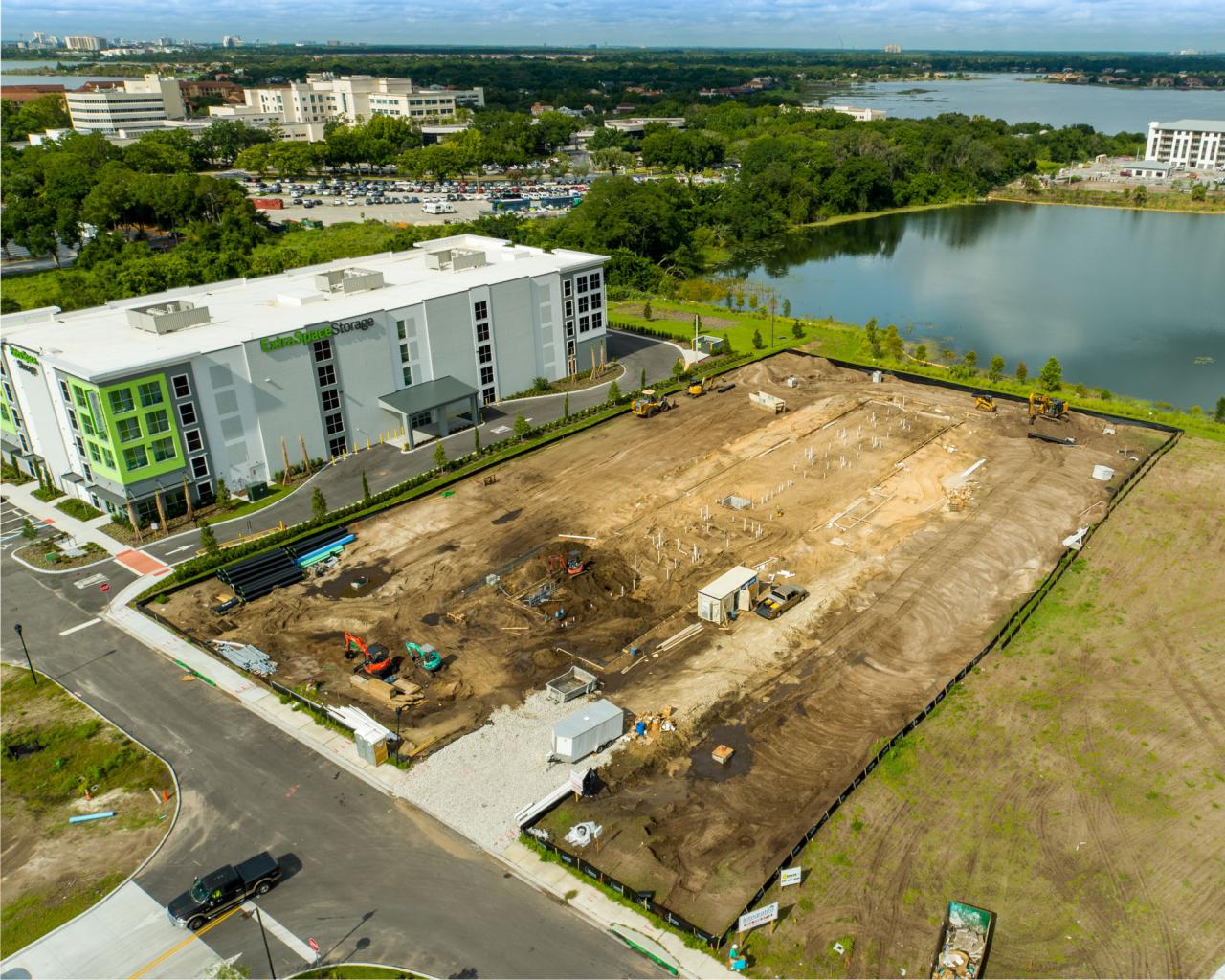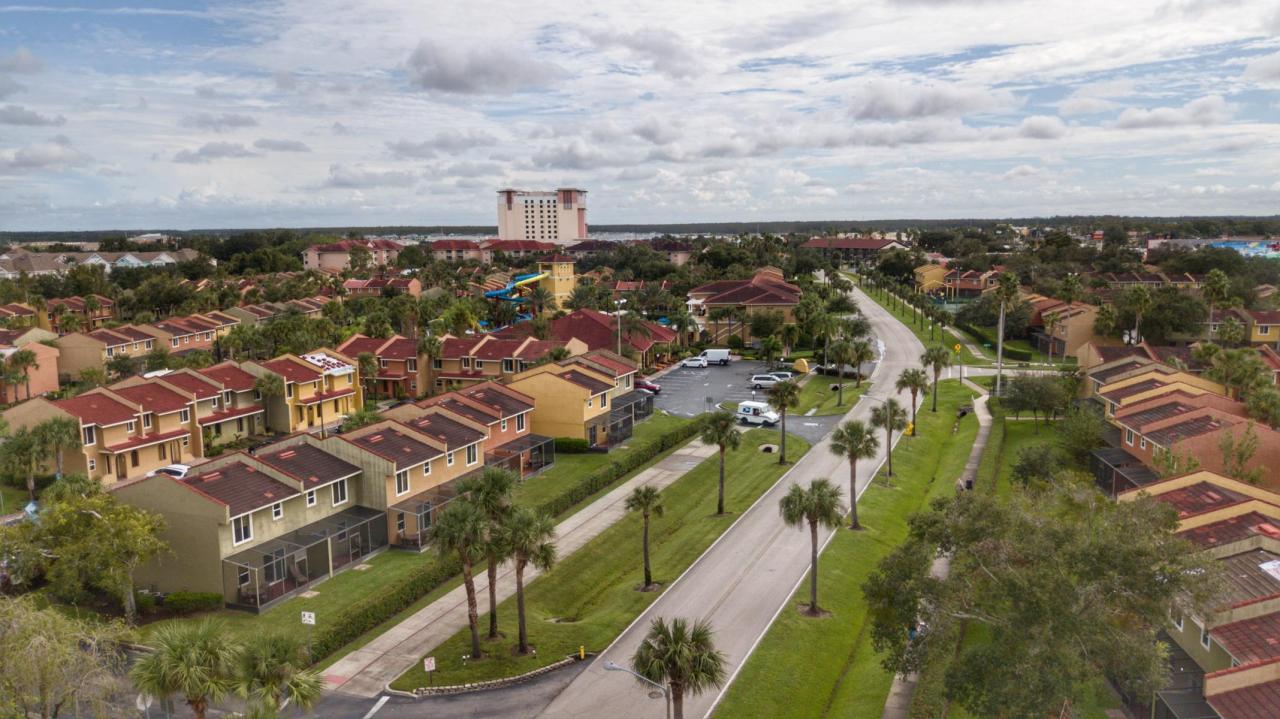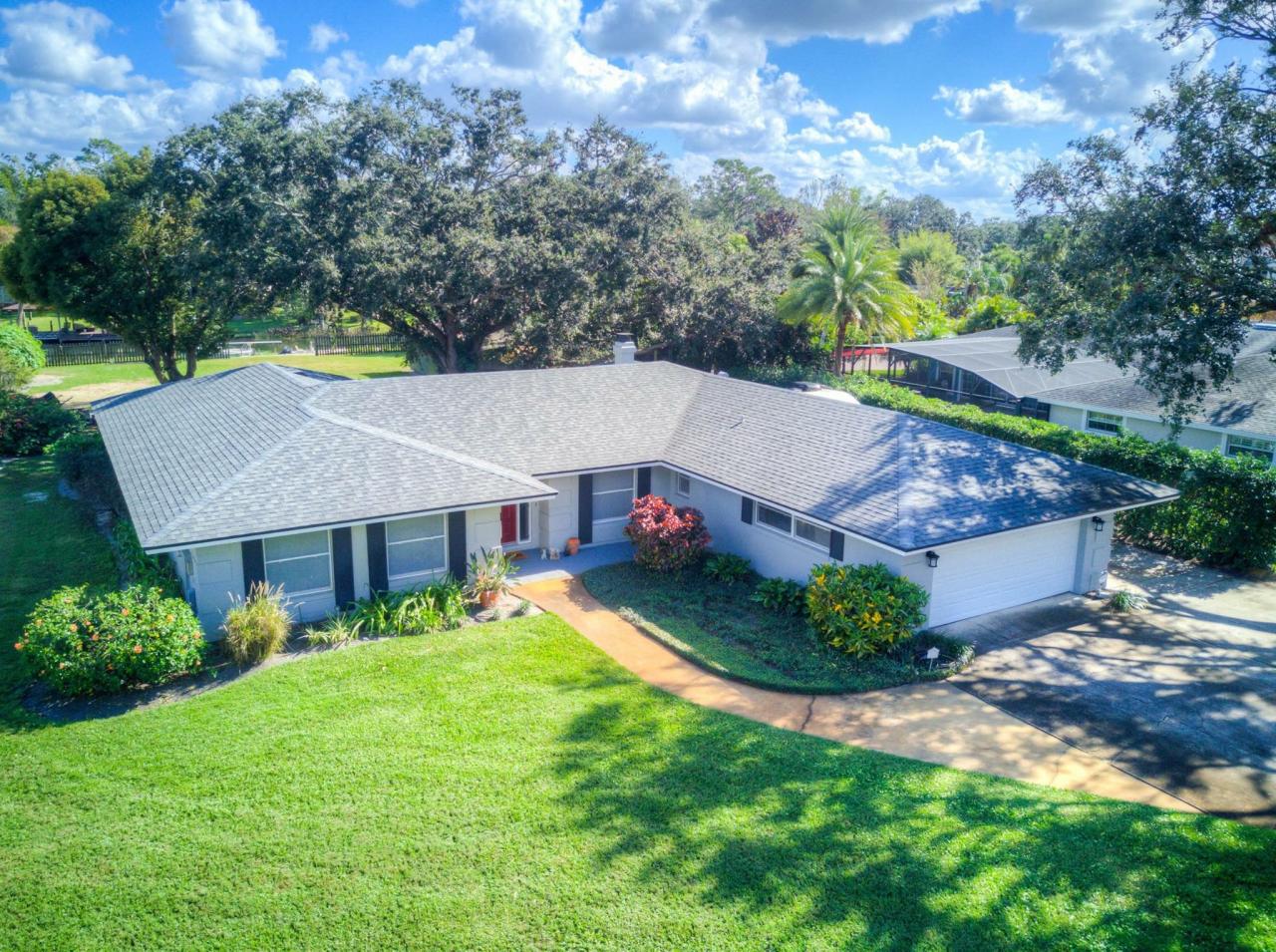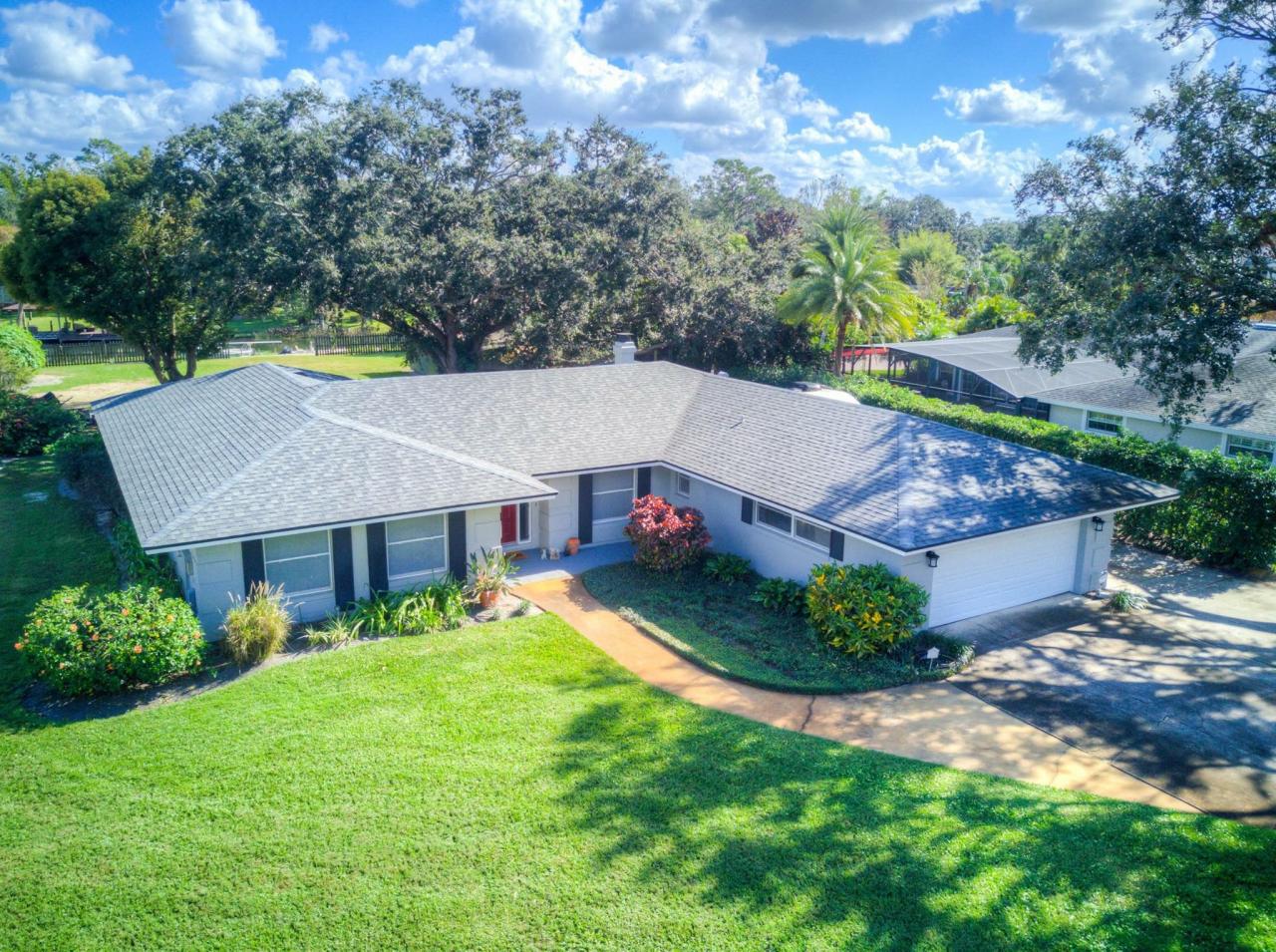Orlando drone show accident: A spectacular nighttime display turned unexpectedly chaotic when a malfunction sent several drones spiraling out of control. This incident raises serious questions about safety protocols, technological reliability, and the future of drone shows. We’ll explore the events leading up to the crash, examine the technology involved, and delve into the potential causes to understand how this accident could have been prevented.
This investigation will cover everything from the specific drone models and their functionalities to the regulatory landscape governing drone operations in Orlando. We’ll analyze potential human errors, technological failures, and weather-related factors that might have contributed to the mishap. The analysis will also include a comparison to similar accidents, providing valuable insights into broader drone safety concerns and the need for improved regulations and practices.
Accident Overview

The Orlando drone show accident, a significant incident involving a large-scale drone display, serves as a cautionary tale highlighting the potential risks associated with advanced technologies. Understanding the circumstances surrounding this event is crucial for improving safety protocols and preventing similar occurrences in the future.The incident involved a malfunction during a scheduled drone light show. While specific details surrounding the exact nature of the malfunction are still emerging, initial reports suggest a technical failure impacting multiple drones within the swarm.
This resulted in several drones falling from the sky, creating a safety hazard for those in attendance. Although there were no reported injuries, the incident caused considerable disruption and raised concerns about the safety and regulation of drone shows.
Incident Details
The Orlando drone show accident occurred on [Insert Date of Accident] at approximately [Insert Time of Accident] at [Insert Precise Location of Accident, e.g., Lake Eola Park]. The show, featuring hundreds of drones, was part of a [Insert Name of Event, e.g., city festival]. Prior to the accident, the drones were performing a pre-programmed sequence of movements and light displays.
The malfunction occurred approximately [Insert Time into Show] into the performance. Following the accident, the remaining drones were immediately grounded, and the show was canceled. Emergency services were called to the scene to assess the situation and ensure public safety. A full investigation into the cause of the accident is underway.
| Date | Time | Location | Brief Description of Event |
|---|---|---|---|
| [Insert Date of Accident] | [Insert Time of Accident] | [Insert Precise Location of Accident] | Drone malfunction during a large-scale light show; multiple drones fell from the sky. |
Drone Technology Involved
The Orlando drone show accident highlights the critical role technology plays in these spectacular displays, and also underscores the potential for catastrophic failure if safety protocols aren’t rigorously followed and the technology isn’t properly maintained and understood. Understanding the specific technology used is key to analyzing the causes of the accident.The investigation into the incident will likely focus heavily on the technological aspects, from the drones themselves to the software controlling their movements.
This section details the known and likely technological elements involved.
Drone Specifications and Make/Model
While the exact make and model of the drones involved in the Orlando show may not be publicly available immediately following the accident, investigations typically reveal this information. Common drones used in large-scale light shows often possess features like high-brightness LEDs, GPS modules for precise positioning, and robust flight controllers. Specific specifications, such as the drone’s weight, wingspan, maximum flight time, and payload capacity, will be crucial in determining the dynamics of the accident.
For example, a heavier drone with a shorter flight time might be more susceptible to battery-related issues, or a drone with a smaller wingspan could be more vulnerable to wind gusts.
Flight Control Systems and Software
The flight control system is the brain of the operation. It likely involved a sophisticated software platform capable of synchronizing the movements of numerous drones simultaneously. This software would incorporate GPS data, pre-programmed flight paths, and communication protocols to ensure coordinated maneuvers. The software likely included fail-safes such as autonomous landing capabilities in case of communication loss or GPS signal disruption.
Understanding the specific algorithms used, the communication protocols employed, and the level of redundancy built into the system will be essential in the investigation. For instance, a lack of redundancy in communication could have led to a cascade failure if one drone malfunctioned and disrupted the communication network.
That Orlando drone show accident really got people thinking about drone safety, huh? It makes you wonder about the logistics of widespread drone use, like with Amazon’s planned drone delivery service. Check out the current amazon drone delivery locations to see where they’re already operating. Hopefully, incidents like the Orlando one will help improve safety protocols for all drone operations, big or small.
Safety Features and Operational Procedures
Several safety features are typically incorporated into professional drone shows. These may include redundant flight controllers, emergency stop mechanisms, geofencing (restricting flight to a specific area), and obstacle avoidance systems. Operational procedures would include pre-flight checks, regular maintenance, and trained personnel overseeing the show. A critical aspect of the investigation will focus on whether these safety features were properly implemented and followed.
For example, a failure to properly implement geofencing could have resulted in drones flying outside the designated area, leading to a collision. Similarly, inadequate pre-flight checks could have missed a critical malfunction before the show began.
Battery Technology and its Potential Role
The battery technology used is another crucial factor. Lithium-polymer (LiPo) batteries are commonly used in drones due to their high energy density. However, LiPo batteries are known to be susceptible to overheating, short-circuiting, and even fire if improperly handled or damaged. The battery’s state of charge, its age, and its charging history could all play a significant role in the accident.
For example, an overcharged battery could overheat and cause a fire, while an aged battery might have degraded performance and increased risk of failure. The investigation will undoubtedly examine the batteries’ condition and charging protocols used.
Potential Causes of the Accident
Determining the exact cause of a drone accident requires a thorough investigation, considering multiple contributing factors. This section explores several potential causes, ranging from technical malfunctions to human error and environmental conditions. It’s important to remember that often, accidents are the result of a combination of factors rather than a single isolated event.
Technical Malfunctions
Technical failures can significantly contribute to drone accidents. Possible malfunctions include GPS signal loss, leading to uncontrolled flight; motor failure causing a sudden loss of power and a crash; battery malfunction resulting in unexpected power shutdown; and software glitches that disrupt the drone’s flight control systems. For example, a faulty GPS module might cause the drone to drift off course, especially in areas with weak GPS signals or significant interference.
Similarly, a sudden motor failure, perhaps due to a manufacturing defect or excessive wear, could result in an uncontrolled descent. A poorly maintained or aged battery could suffer a sudden power loss, again causing the drone to fall from the sky. Finally, a software bug, introduced either during development or through a firmware update, could lead to unpredictable behavior and ultimately, an accident.
Human Error
Human error plays a crucial role in many drone accidents. Pilot error, encompassing poor piloting skills, lack of situational awareness, or failure to follow safety protocols, can lead to collisions, uncontrolled flight, or crashes. Operator negligence, such as inadequate pre-flight checks or ignoring adverse weather conditions, is another significant factor. Inadequate training, lacking the necessary knowledge and experience to safely operate a drone, can lead to misjudgments and errors in flight maneuvers.
For instance, a pilot unfamiliar with the drone’s limitations might attempt a maneuver beyond its capabilities, resulting in a crash. Similarly, neglecting to check the weather forecast before a flight or failing to perform proper pre-flight checks can increase the risk of an accident.
Weather Conditions
Adverse weather conditions can significantly impact drone operations and contribute to accidents. High wind speeds can make it difficult to control the drone, leading to it being blown off course or experiencing structural damage. Reduced visibility due to fog, rain, or snow can impair the pilot’s ability to see the drone and its surroundings, increasing the risk of collisions.
Precipitation can also damage the drone’s electronics and cause malfunctions. For example, a drone operating in strong winds might be unable to maintain its position, resulting in a crash. Similarly, heavy rain could short-circuit the drone’s electronics, causing a sudden loss of control. Low visibility due to fog can lead to a collision with obstacles that the pilot cannot see.
That Orlando drone show accident got everyone talking about safety, right? It makes you think about the logistics of drone operations, especially on a larger scale. Think about the potential issues with something like Amazon’s drone delivery program – check out their planned amazon drone delivery locations to see how widespread it is – and how they’re addressing safety concerns in such a complex system.
Hopefully, incidents like the Orlando one will help improve overall drone safety protocols everywhere.
Comparison of Potential Causes
The relative likelihood of each cause varies depending on the specific circumstances of the accident. However, a combination of factors is often at play. In many cases, human error, particularly pilot error or operator negligence, contributes significantly, perhaps exacerbating a minor technical malfunction or making the drone more susceptible to adverse weather conditions. While technical malfunctions are less common due to improvements in drone technology, they still represent a significant risk.
Adverse weather conditions are often unavoidable, but their impact can be mitigated through careful planning and risk assessment. For instance, a drone with a minor GPS glitch might have flown safely in calm conditions, but experienced a crash in strong winds due to the pilot’s failure to account for the weather.
Safety Protocols and Regulations
Drone operations, especially large-scale shows like the one in Orlando, are subject to a complex web of safety protocols and regulations designed to protect the public and prevent accidents. These regulations are implemented at both the federal and local levels, and understanding their intricacies is crucial for assessing the causes of the accident and preventing future incidents.Orlando, like other areas, falls under the jurisdiction of the Federal Aviation Administration (FAA) regarding drone flight.
The FAA’s regulations, Artikeld in Part 107 of its regulations, cover aspects such as pilot certification, drone registration, operational limitations (weight, distance, visual line of sight), and airspace restrictions. Additionally, local ordinances and event-specific permits might add further layers of safety requirements. Compliance with all applicable regulations is mandatory for any drone operation, particularly those involving public display.
Applicable Regulations and Compliance
The FAA’s Part 107 regulations dictate that drone operators must maintain visual line of sight with their aircraft, unless operating under specific waivers or exemptions. They also specify limitations on flight weight, altitude, and operational hours. For large-scale drone shows, operators usually need to obtain a Part 107 certificate and a waiver to operate beyond visual line of sight (BVLOS).
Furthermore, local authorities in Orlando likely require permits and may impose additional restrictions concerning flight zones, noise levels, and emergency procedures. Determining the specific permits and waivers held by the organizers of the Orlando drone show and whether they were adhered to during the operation is critical to understanding the accident’s cause. Any deviation from these regulations could be considered a contributing factor.
Roles and Responsibilities, Orlando drone show accident
Several parties bear responsibility for the safe execution of a drone show. The drone operator is directly responsible for the safe piloting of the aircraft, adhering to all regulations, and responding appropriately to any malfunctions or emergencies. The event organizer is responsible for obtaining necessary permits, ensuring the safety of the audience and the surrounding environment, and coordinating with all involved parties, including the operator, local authorities, and potentially, air traffic control.
Regulatory authorities, such as the FAA and local law enforcement, are responsible for enforcing regulations, investigating accidents, and issuing sanctions for non-compliance. A clear delineation of roles and responsibilities and effective communication between these parties are essential for preventing accidents.
Improved Safety Protocols
To prevent similar accidents in the future, a more robust and comprehensive set of safety protocols is needed. This should include:
- Mandatory pre-flight checklists encompassing all aspects of drone operation, including weather conditions, airspace restrictions, and equipment functionality.
- Redundant systems for critical components, such as GPS and communication links, to mitigate the impact of single-point failures.
- Improved communication protocols between the drone operators, event organizers, and emergency services.
- More rigorous pre-show simulations and rehearsals to identify and address potential hazards.
- The implementation of a robust fail-safe mechanism that would automatically land drones in case of system malfunction or loss of communication.
- Independent safety audits conducted by qualified experts before each drone show.
- Increased investment in advanced drone technology with features like obstacle avoidance and autonomous landing capabilities.
- Establishment of a comprehensive emergency response plan, including procedures for managing drone malfunctions and evacuating spectators.
Impact and Aftermath

The Orlando drone show accident had a significant and immediate impact, causing a sudden halt to the spectacular display and creating a wave of confusion and concern among the thousands of attendees. The unexpected crash disrupted the planned sequence, leaving many spectators bewildered and potentially frightened by the falling debris. The immediate aftermath involved a rapid response from security personnel and emergency services to assess the situation and ensure the safety of those present.The accident resulted in varying degrees of impact.
While thankfully no fatalities were reported, there were several instances of minor injuries, primarily cuts and bruises sustained from falling drone parts. Property damage was also reported, encompassing damage to some vehicles parked near the show and minor damage to nearby structures from debris impact. The extent of the damage varied depending on the proximity to the crash site.
The financial cost associated with the damaged drones, repairs, and potential legal liabilities was substantial.
Injuries and Damages
The initial assessment indicated a range of injuries, from superficial cuts and bruises to more significant injuries requiring medical attention. A detailed report compiled by emergency responders documented the number of individuals requiring treatment and the nature of their injuries. This information was crucial in determining the severity of the accident and informing subsequent investigations and safety reviews. The property damage assessment involved surveying the area to identify and document all affected assets, including vehicles and structures.
The financial impact of the damages incurred was significant, factoring in repair costs, replacement of damaged equipment, and potential legal settlements.
Official Investigation and Findings
Following the accident, an official investigation was launched by the relevant aviation authorities and local law enforcement. This investigation involved a comprehensive examination of the accident site, including a meticulous recovery of drone debris. Expert analysis of the recovered components, flight data logs (if available), and witness testimonies were crucial in determining the probable cause of the failure. The final report detailed the findings of the investigation, including the identified causes of the accident and recommendations for preventing similar incidents in the future.
This report served as a valuable resource for the industry, highlighting critical safety aspects and prompting improvements in drone operation protocols.
Long-Term Consequences
The Orlando drone show accident had several long-term consequences impacting the drone show industry and regulatory frameworks. The accident prompted a thorough review of existing safety protocols and regulations governing drone operations, particularly for large-scale public displays. This review resulted in stricter guidelines for drone maintenance, pilot training, and operational procedures. For example, several jurisdictions introduced mandatory redundancy systems and increased the frequency of pre-flight checks.
The accident also impacted public perception of drone safety, leading to increased scrutiny and stricter regulations on large-scale drone shows. Furthermore, insurance premiums for drone show operators likely increased reflecting the increased risk assessment following the incident. The accident served as a cautionary tale, leading to a significant shift in industry practices and a heightened focus on safety throughout the drone technology sector.
The increased scrutiny and regulatory changes could lead to higher operating costs for drone show organizers and potentially limit the scale of future displays.
Illustrative Example: A Damaged Drone
The following description details the hypothetical condition of a drone involved in a fictional Orlando drone show accident, based on common drone components and failure modes. This example serves to illustrate the types of damage that could occur and the forces involved. Remember, this is a hypothetical example for illustrative purposes only.The drone, a hexacopter model with a carbon fiber frame, sustained significant damage during the incident.
The impact, likely a high-speed collision with another drone or an unexpected object, caused multiple fractures in the frame. Specifically, two of the six arms were completely severed near their connection points to the central body, leaving exposed wiring and electronic components. The remaining arms showed signs of bending and stress fractures, indicating the force of the impact was distributed throughout the structure.
Extent and Type of Damage
The most significant damage was concentrated on the drone’s front-left and rear-right arms. These arms showed clean breaks, consistent with a high-impact collision, suggesting a significant amount of force was applied perpendicular to the arm’s longitudinal axis. The carbon fiber itself splintered at the break points, indicating a brittle failure under extreme stress. Smaller cracks were also visible on the central body, radiating outwards from the points of arm attachment.
The plastic casing protecting the onboard electronics was cracked and partially detached, exposing some of the internal circuitry. The drone’s propellers were also severely damaged; one was completely shattered, while others showed significant bending and warping. The battery compartment showed signs of impact damage as well, though the battery itself appeared intact, at least visually.
Materials Involved and Forces
The drone’s frame was constructed primarily of carbon fiber, a lightweight yet strong composite material. However, even carbon fiber has its limits, and the force of the impact exceeded its tensile strength at the points of failure. The impact likely involved a combination of compressive and shear forces, leading to the observed fractures and splintering. The collision speed, along with the mass of the impacting object, determined the overall kinetic energy involved in the accident.
That Orlando drone show accident really got people thinking about drone safety, huh? It makes you wonder about the infrastructure needed for widespread drone use, like the planned expansion of amazon drone delivery locations. Considering the potential for accidents, robust safety protocols are crucial for both entertainment and commercial drone operations, especially given the Orlando incident’s impact.
The propellers, typically made of a more flexible plastic, suffered bending and fracturing due to the inertial forces acting upon them during the collision. The electronic components within the drone were also subjected to these forces, potentially leading to internal damage and malfunctions.
Comparison to Similar Incidents

The Orlando drone show accident, while dramatic, isn’t an isolated incident. Numerous drone accidents worldwide highlight recurring safety challenges and underscore the need for robust regulations and improved technology. Examining similar events provides valuable insights into the potential causes and consequences of such occurrences, ultimately aiding in the development of more effective safety protocols.Several factors commonly contribute to drone accidents, often overlapping in various incidents.
These include pilot error (lack of experience, poor judgment, inadequate training), technical malfunctions (battery failure, GPS issues, software glitches), and environmental factors (strong winds, inclement weather). The Orlando accident’s specific causes, once fully investigated, will likely fall within this broader framework.
Notable Drone Accidents and Commonalities
The following examples illustrate the recurring themes found in drone accidents globally. While specific details vary, common threads of inadequate safety procedures, technological limitations, and human error frequently emerge. For instance, a 2022 incident in a major European city saw a drone crash into a crowded marketplace due to a loss of GPS signal in a built-up area, highlighting the vulnerability of drone systems to environmental interference.
Similarly, a 2021 accident involving a large-scale drone light show in Asia was attributed to a software error leading to multiple drones losing control simultaneously. These incidents, alongside the Orlando event, underscore the inherent risks associated with large-scale drone operations and the crucial need for redundancy and failsafe mechanisms.
Orlando Accident in Broader Context
The Orlando accident fits into the broader context of drone safety issues by emphasizing the escalating challenges posed by increasingly complex drone operations. The scale of the Orlando show, involving a large number of drones, significantly increased the potential for cascading failures – a pattern observed in several other similar large-scale events. Furthermore, the incident serves as a stark reminder of the potential consequences of relying solely on automated systems without sufficient redundancy and robust safety protocols to mitigate failures.
The accident highlights the need for rigorous testing, meticulous planning, and comprehensive safety management in all drone operations, regardless of size or complexity.
Concluding Remarks

The Orlando drone show accident serves as a stark reminder of the inherent risks associated with large-scale drone operations. While drone technology offers incredible potential for entertainment and other applications, robust safety protocols, rigorous testing, and thorough operator training are paramount to prevent future incidents. Understanding the causes of this accident, learning from its consequences, and implementing enhanced safety measures are crucial steps towards ensuring the responsible and safe integration of drones into our lives.
Commonly Asked Questions: Orlando Drone Show Accident
Were there any injuries reported?
The extent of injuries, if any, needs further investigation and official reporting. This information wasn’t included in the initial Artikel.
What was the estimated cost of the damage?
The financial impact of the accident, including damages to property and drones, is currently unknown and requires further investigation.
What type of insurance coverage was in place?
The insurance coverage for the drone show and potential liabilities is not specified in the provided Artikel. This would require further research.
What is the FAA’s involvement in the investigation?
The Federal Aviation Administration’s (FAA) role in investigating the incident needs to be determined. Their involvement is likely given the nature of the accident.
